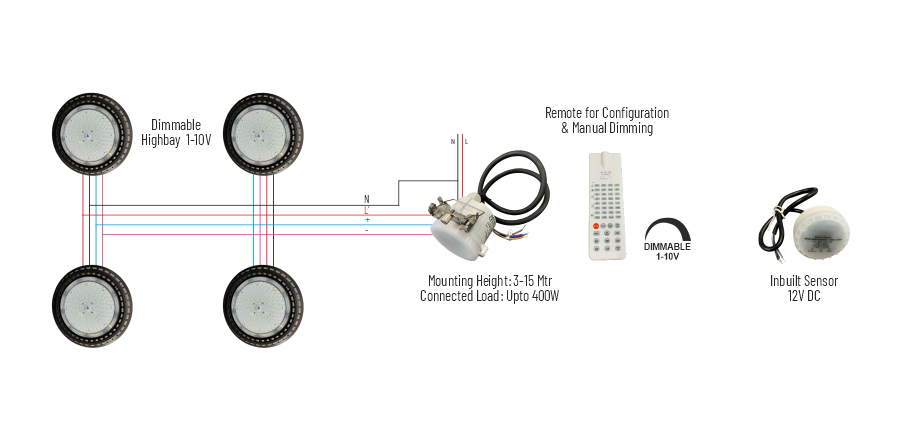
Daylight harvesting can be an effective strategy for reducing energy consumption and improving lighting conditions in industrial plants and warehouses. By using natural light to supplement artificial lighting, daylight harvesting can help reduce the amount of electricity consumed by the lighting system while maintaining safe and comfortable working conditions.
Daylight sensors can be installed throughout the space to measure the amount of natural light available and adjust the artificial lighting levels accordingly. The lighting control system can be programmed to dim or turn off the lights when there is ample natural light available, and increase the lighting levels when natural light levels decrease.
In addition to reducing energy consumption, daylight harvesting can also improve the quality of lighting in the space. Natural light is often considered to be more comfortable and visually appealing than artificial light, and can help reduce eyestrain and improve mood and productivity. Overall, daylight harvesting can be a valuable strategy for reducing energy consumption and improving lighting conditions in industrial plants and warehouses. By combining natural and artificial lighting sources and using sensors to control the lighting levels, businesses can achieve significant energy savings while providing a safe and comfortable working environment for their employees.